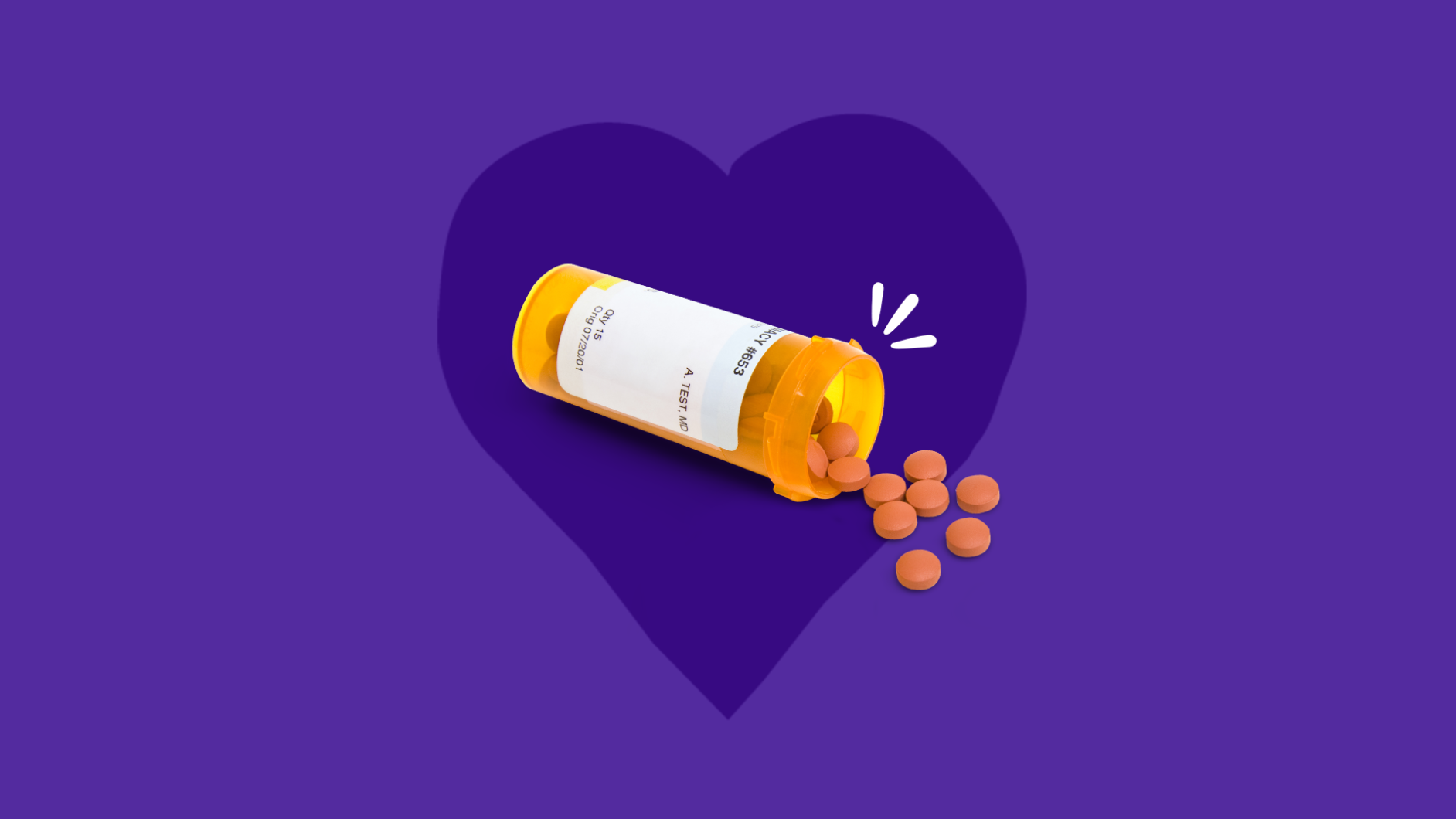It’s estimated that at least 2.7 million Americans—and up to 6.1 million—are living with Atrial Fibrillation, according to the Centers for Disease Control and Prevention (CDC). Atrial fibrillation (aka AFib) is a type of cardiovascular condition that is defined as an irregular—usually a rapid or quivering—heartbeat (otherwise known as an arrhythmia). It leads to poor blood flow, which can increase the risk of stroke. One way to reduce that danger is taking blood thinners for AFib, but they come with risks of their own.
What is atrial fibrillation (AFib)?
“Atrial fibrillation is a condition where the normal electrical circuitry of the heart is disrupted,” explains Kavitha Chinnaiyan, MD, an integrative cardiologist at Beaumont Health System and associate professor of Medicine at Oakland University William Beaumont School of Medicine. In a healthy heart, electrical impulses flow through particular pathways. In someone with AFib, the impulse for the heart beat arises from abnormal locations in the top chambers of the heart, and is erratically and irregularly transmitted to the lower chambers. “So instead of a smooth contraction of the upper chambers, they ‘fibrillate’ and don’t contract normally,” Dr. Chinnaiyan says.
What are the symptoms of AFib?
The most common sign of AFib is a racing heart. Symptoms can also include:
- fatigue
- chest pain
- shortness of breath
- dizziness and/or lightheadedness
Yet, some people are entirely asymptomatic, states Nisha B. Jhalani, MD, director of clinical and educational services at the Center for Interventional Vascular Therapy at NewYork-Presbyterian/Columbia University Irving Medical Center.
How to diagnose AFib
Dr. Jhalani adds that AFib can be diagnosed by an electrocardiogram (ECG), but the individual must be in AFib at the time of the test. “If a person is alternating between atrial fibrillation and normal sinus rhythm, which is very common, then the best test for diagnosis would be a two-week event monitor to capture the arrhythmia and correlate it to any symptoms,” Dr. Jhalani continues.
AFib and stroke risk
During episodes of AFib, oxygen-rich blood isn’t properly pumped throughout the body, which means the blood in the top chambers can stagnate and form a clot. “Then, blood clots can be carried to the brain to cause strokes,” Dr. Chinnaiyan, author of The Heart of Wellness, warns. In fact, according to the American Stroke Association, patients with AFib are five times more likely to suffer a stroke. The National Blood Clot Alliance states that AFib-related strokes can be approximately twice as debilitating and fatal as a stroke not caused by AFib.
Blood thinners for AFib
Anticoagulants for AFib, often called blood thinners, are commonly recommended since they can greatly reduce the risk of stroke or damage to other organs caused by blood clots. Dr. Chinnaiyan explains that Coumadin (warfarin) used to be the only available drug for the majority of people with AFib. Now, there are other medications, including Eliquis (apixaban) and Pradaxa (dabigatran), that do not require continuous monitoring of the blood “for adequate—and not too much—‘thinness.’” In January 2019, the American Heart Association (AHA) announced that these newer blood thinner meds—non-vitamin K oral anticoagulants (NOACs)—are the “preferred alternative to warfarin for reducing the risk of stroke” in patients with AFib.
“Blood thinners are prescribed according to calculated risk of stroke which takes into account age, sex, and other medical conditions, such as previous stroke and heart failure,” Dr. Chinnaiyan explains. “The higher the risk, the greater the need for blood thinners.”
What is the best blood thinner for AFib?
Only your doctor can determine the best blood thinner for you based on your medical condition, overall health, and response to treatment. The following blood thinners list compares commonly prescribed medication for treating AFib.
| Best blood thinners for AFib | ||||
|---|---|---|---|---|
| Drug name | Drug class | Administration route | Standard dosage | Common side effects |
| Coumadin (warfarin) | Anticoagulant | Oral | 5mg tablet once a day | Bleeding, nausea, loss of appetite, and stomach pain |
| Eliquis (apixaban) | Anticoagulant | Oral | 5mg tablet twice a day | Nausea, easy bruising, minor bleeding |
| Pradaxa (dabigatran) | Anticoagulant | Oral | 75mg capsule twice a day | Easy bruising and minor bleeding |
| Xarelto (rivaroxaban) | Anticoagulant | Oral | 20mg tablet once a day | Easy bruising and minor bleeding |
| Savaysa (edoxaban) | Anticoagulant | Oral | 60mg tablet once a day | Easy bruising and minor bleeding |
Side effects of blood thinners
However, certain safety measures must be followed when taking an anti-clotting drug. Excessive bleeding is a common side effect of blood thinners, which is why Dr. Jhalani urges patients to speak with their cardiologist or internist about the risks and benefits of blood thinners. “If someone recently was hospitalized for a bleeding ulcer or if they were predisposed to falls, the decision to start blood thinners for atrial fibrillation will be very personalized,” she states.
The AHA says patients should think twice before participating in any contact sport or activity that could increase your chances of falling, bruising, or bleeding. The Agency for Healthcare Research and Quality states that any over-the-counter (OTC) medicine with aspirin could interact with blood thinners and increase the blood thinning effect, as well as numerous OTC pain, cold, and stomach ache relievers, including:
- Advil
- Aleve
- Tylenol
- Alka-Seltzer
- Pepto Bismol
- Ex-lax
Speak with your physician about your vitamin K intake. Vitamin K is a fat-soluble vitamin that helps the body produce some of the proteins involved in blood clotting. Increasing your intake of vitamin K (found in leafy green vegetables, broccoli, cauliflower, and Brussels sprouts) could alter the metabolism of Coumadin (warfarin), suggests the National Blood Clot Alliance. Having a consistent intake of Vitamin K while on blood thinners is very important.











